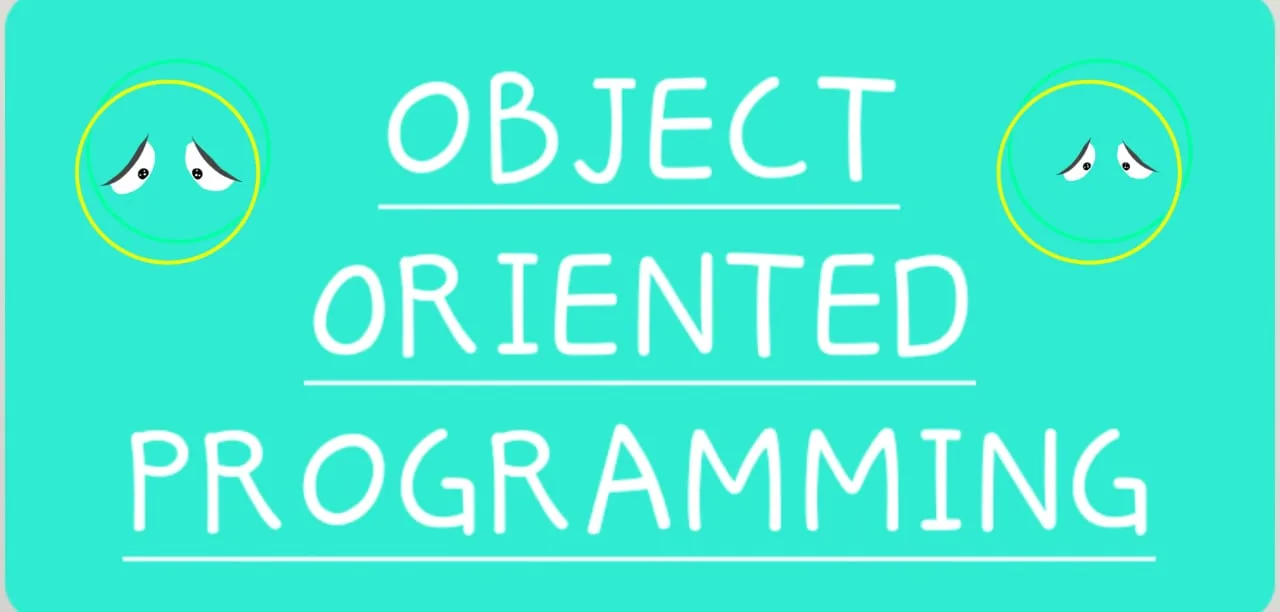In C++, objects are created using classes. A class is a user-defined data type that defines a blueprint for creating objects. One of the most common operations performed on objects is adding one object to another object. This operation is known as object addition, and it is a fundamental concept in C++. In this article, we will discuss how to add one object to another object in C++.
Understanding Object Addition
Object addition is the process of combining two objects into a single object. In C++, this operation is performed using the ‘+’ operator. The ‘+’ operator is overloaded in C++ to allow objects to be added together. When two objects are added together, the result is a new object that contains the sum of the original objects.
Overloading the ‘+’ Operator
In order to add two objects together, the ‘+’ operator must be overloaded for the class that the objects belong to. To overload the ‘+’ operator, a member function must be created that takes another object of the same class as an argument. The member function should return a new object that contains the sum of the original objects.
Example
#include<iostream>
using namespace std;
class Point {
public:
int x, y;
Point operator+(const Point& other) {
Point result;
result.x = x + other.x;
result.y = y + other.y;
return result;
}
};
int main() {
Point a = {2, 3};
Point b = {4, 5};
Point c = a + b; // c will be {6, 8}
cout << "a = {" << a.x << ", " << a.y << "}\n";
cout << "b = {" << b.x << ", " << b.y << "}\n";
cout << "c = {" << c.x << ", " << c.y << "}\n";
}





